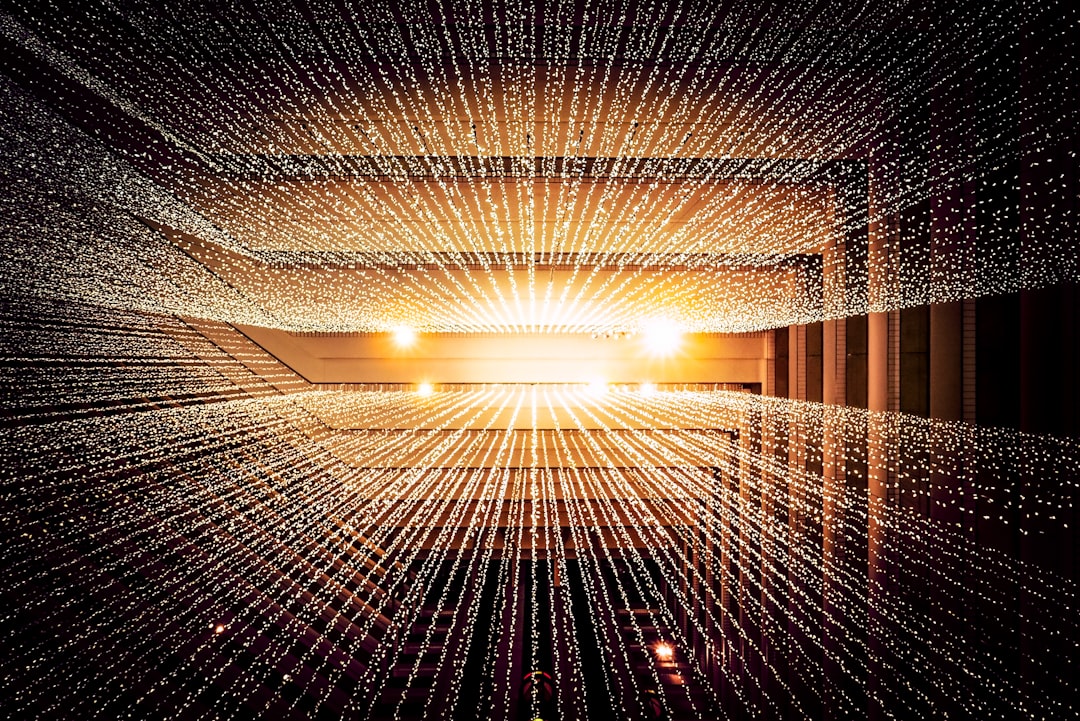What is it about?
Intense laser light incident on solid targets has been shown to be a prolific source of harmonics. High harmonic intensities are characterized by a power-law spectrum Pm∼m−p, where p denotes a spectral decay index and m is the harmonic number. Across a wide range of light intensity and target plasma density, particle-in-cell (PIC) simulations have shown p = 8/3, a value supported by the observation. However, the claim that this decay is universal has been contested and shown to break down in simulations when the incident light is P-polarized. Here weaker decays with p = 5/3 and at higher intensities p = 4/3 were observed. The distinction between the two regimes was attributed to the contribution to the spectrum from emission at the plasma frequency and its harmonics from Langmuir waves excited by the Brunel electrons generated when the incident light is P-polarized. In the present work, a single-particle model has been devised to lend support to a wide range of PIC data. The model incorporates a Langmuir electric field and is hybrid in the sense that we have made use of PIC output to guide our choice of field amplitudes in the Langmuir source. We find that the spectrum computed in this way shows generally satisfactory agreement with the corresponding PIC spectra, both in decay coefficient and spectral cut-off. At the highest intensities considered the emission from the convective bunching of electrons in high-amplitude Langmuir waves is itself superseded by Brunel electron bremsstrahlung and we have identified the regions of parameter space over which each of these sources is dominant. Interestingly, the same distinction has been drawn in a very different plasma regime where comparably complex spectra have been predicted in gamma-ray burst spectra from Langmuir turbulence produced in astrophysical jets.
Featured Image
Read the Original
This page is a summary of: Radiation from Brunel-induced Langmuir waves in ultra-relativistic laser–plasma interactions, Laser and Particle Beams, March 2015, Cambridge University Press,
DOI: 10.1017/s0263034615000154.
You can read the full text:
Contributors
The following have contributed to this page










